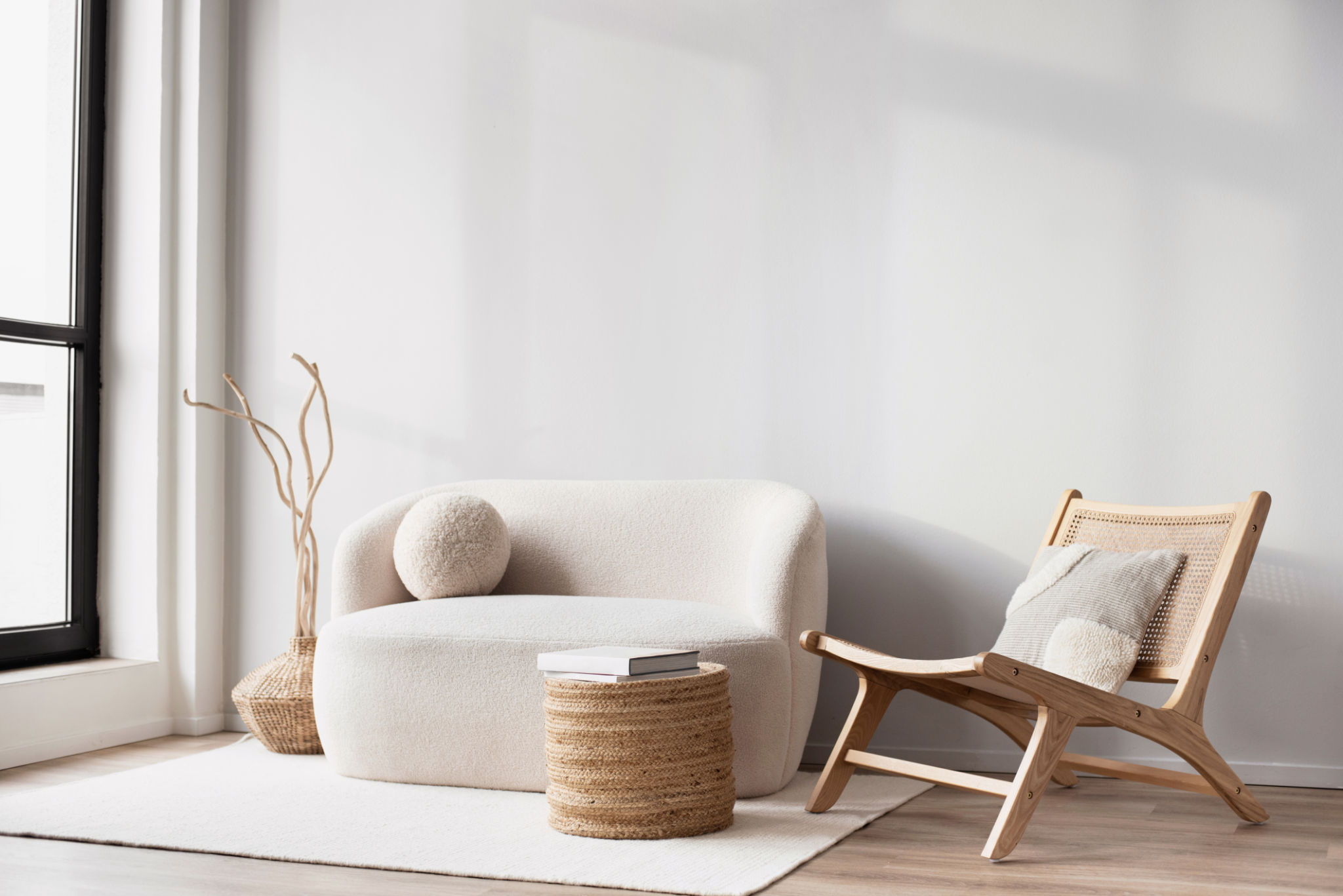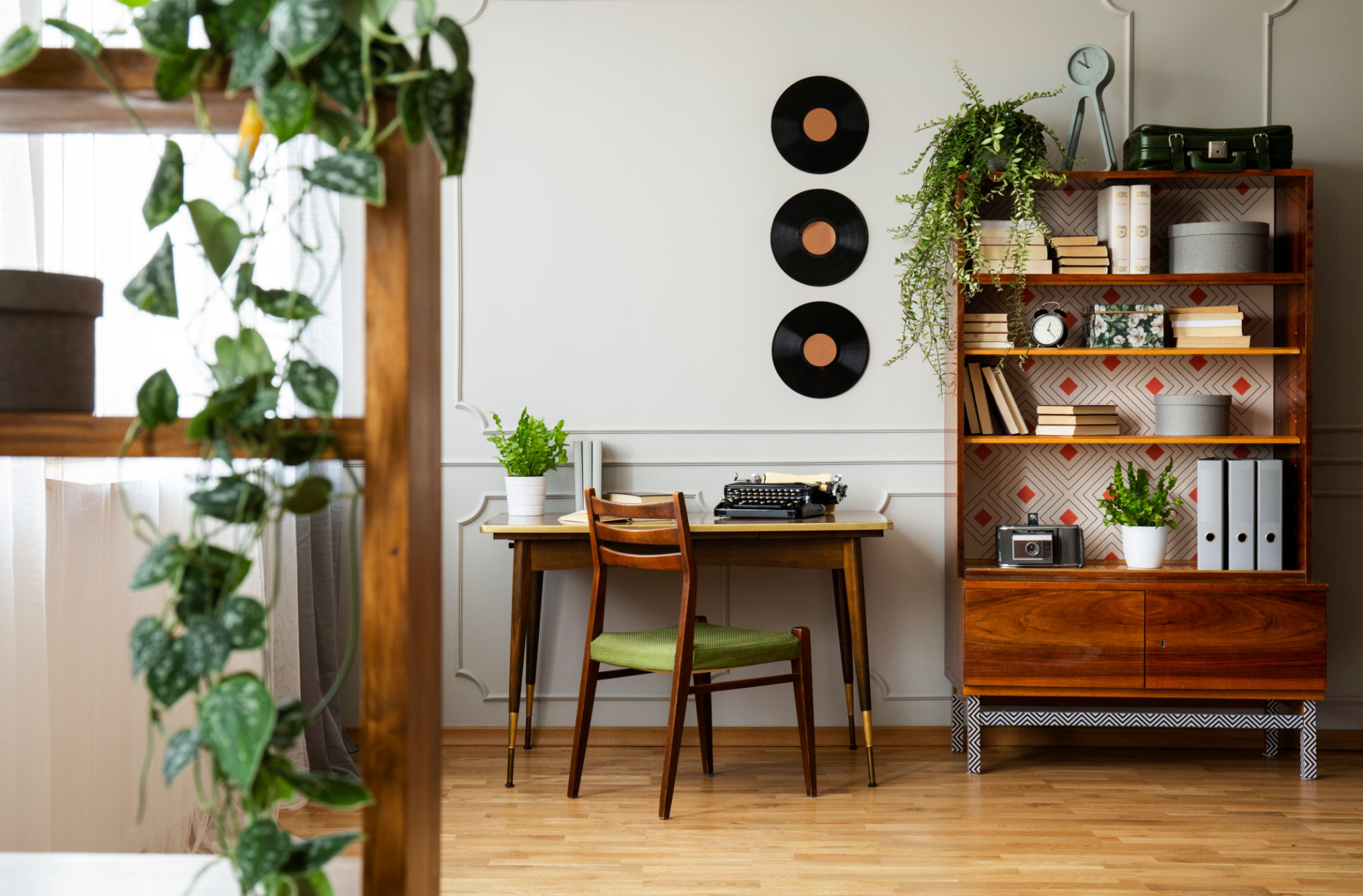Exploring the Latest Trends in Amsterdam's Interior Design Scene
Po
Embracing Minimalism with a Dutch Twist
Amsterdam's interior design scene is renowned for its distinctive blend of minimalism and warmth. This trend is characterized by clean lines, neutral color palettes, and functional pieces that are as practical as they are stylish. The Dutch have long embraced the idea of "less is more," which is evident in their preference for uncluttered spaces. However, unlike traditional minimalism, Amsterdam's interpretation often includes eclectic elements that add a touch of personality and charm.

To achieve this aesthetic, designers often incorporate natural materials such as wood and stone, which lend an organic feel to the interiors. Additionally, textures play a crucial role, with soft textiles like wool and linen providing comfort and coziness. This approach ensures that while spaces remain minimalistic, they are never cold or sterile.
Sustainable Design Practices
Sustainability is no longer just a buzzword in Amsterdam's interior design landscape; it's a guiding principle. Designers are increasingly turning to eco-friendly materials and practices to create spaces that are both beautiful and environmentally responsible. This includes using recycled materials, opting for energy-efficient lighting, and incorporating plants that improve indoor air quality.
Furniture designers are also embracing sustainability by crafting pieces from reclaimed wood and other recycled materials. These pieces not only reduce waste but also add a unique character to the interiors, often becoming conversation starters due to their history and craftsmanship.

Biophilic Design
Biophilic design is gaining traction as more people recognize the benefits of connecting with nature. This trend involves integrating natural elements into interior spaces to enhance well-being and promote relaxation. In Amsterdam, this might mean large windows that let in ample natural light or indoor gardens that bring a slice of nature indoors.
The Rise of Vintage and Retro Elements
While contemporary design trends dominate, there's a growing appreciation for vintage and retro elements in Amsterdam's interior design scene. These elements add a nostalgic touch and a sense of history to modern interiors. Mid-century modern furniture, with its sleek lines and timeless appeal, is particularly popular among designers looking to strike a balance between old and new.

Incorporating vintage finds into modern spaces often involves mixing different styles to create an eclectic yet cohesive look. This approach allows homeowners to express their individuality while also paying homage to designs of the past.
Smart Technology Integration
The integration of smart technology is another significant trend in Amsterdam's interior design scene. As technology becomes more advanced, homeowners are increasingly looking for ways to incorporate it seamlessly into their living spaces. This includes smart lighting systems, automated window treatments, and integrated sound systems that enhance convenience without compromising aesthetics.
Designers are finding innovative ways to hide or incorporate technology into furniture and architectural elements, ensuring that it complements rather than detracts from the overall design. This approach allows for a sophisticated living experience where function meets form.

Art as a Design Element
Art plays a crucial role in Amsterdam's interior designs, often serving as the focal point of a room. Whether it's a large abstract painting or a curated collection of smaller pieces, art adds depth and character to interiors. Designers are increasingly working with local artists to feature unique pieces that reflect the city's vibrant cultural scene.
This collaboration between designers and artists not only supports the local art community but also ensures that each space has its own distinctive personality. Art in Amsterdam’s interiors is not just decorative but an integral part of storytelling within a home.